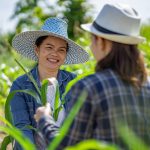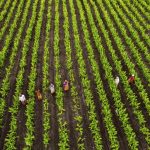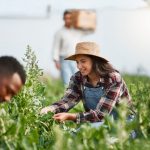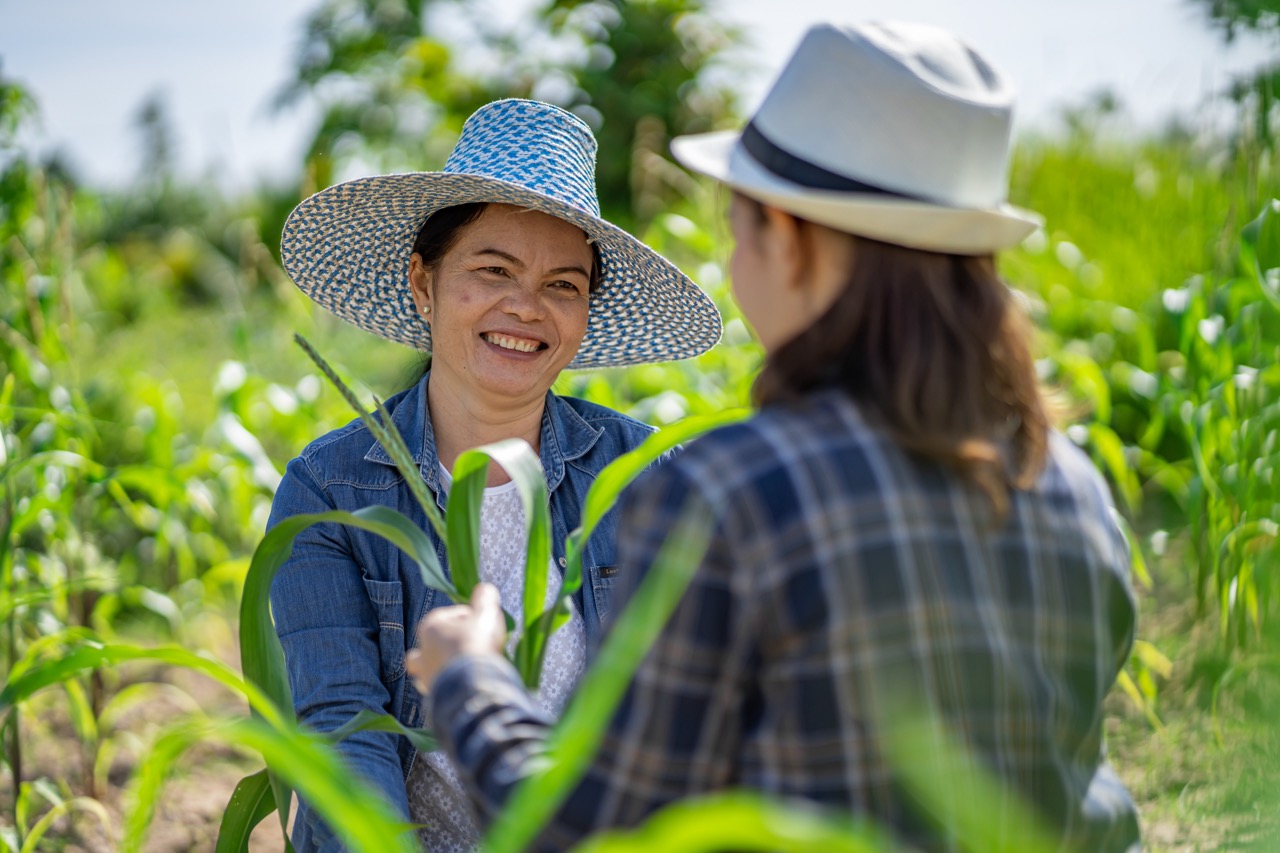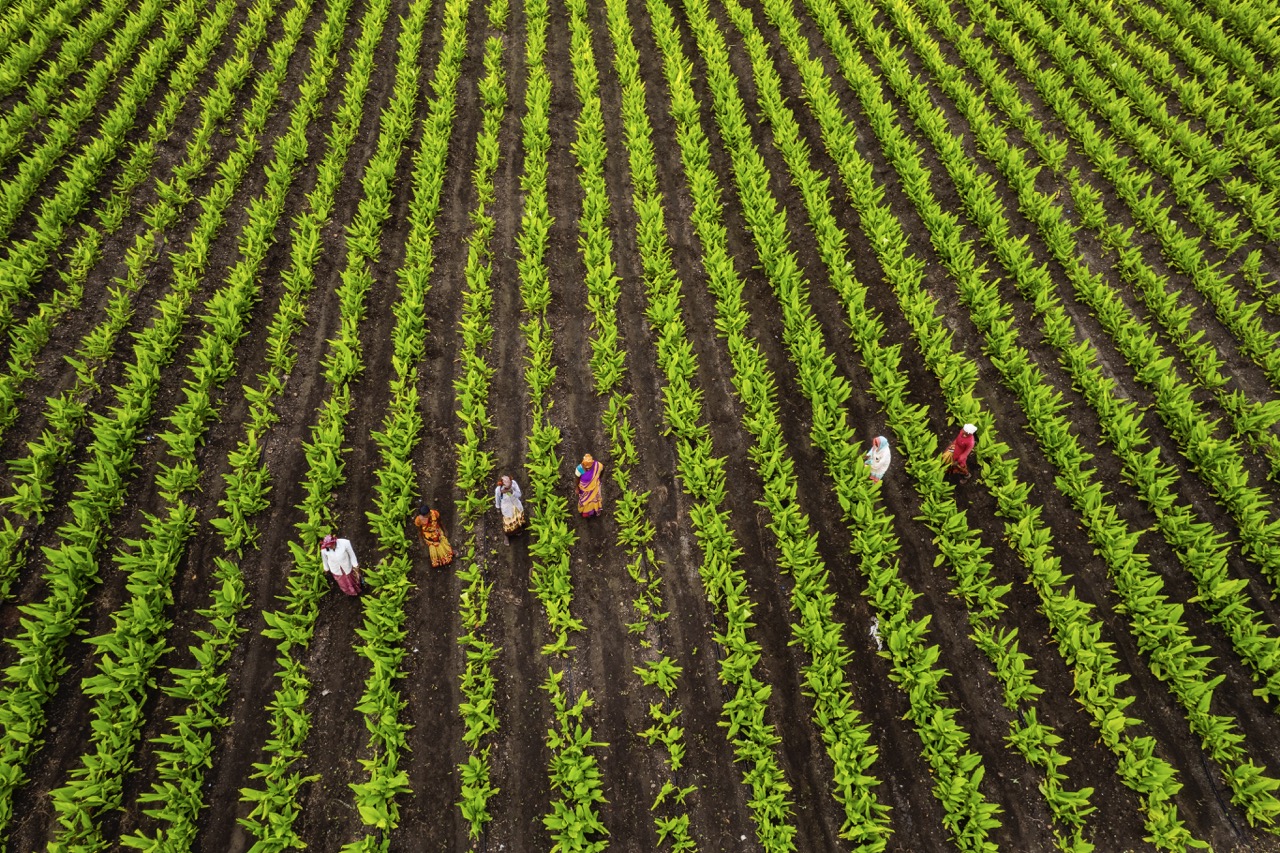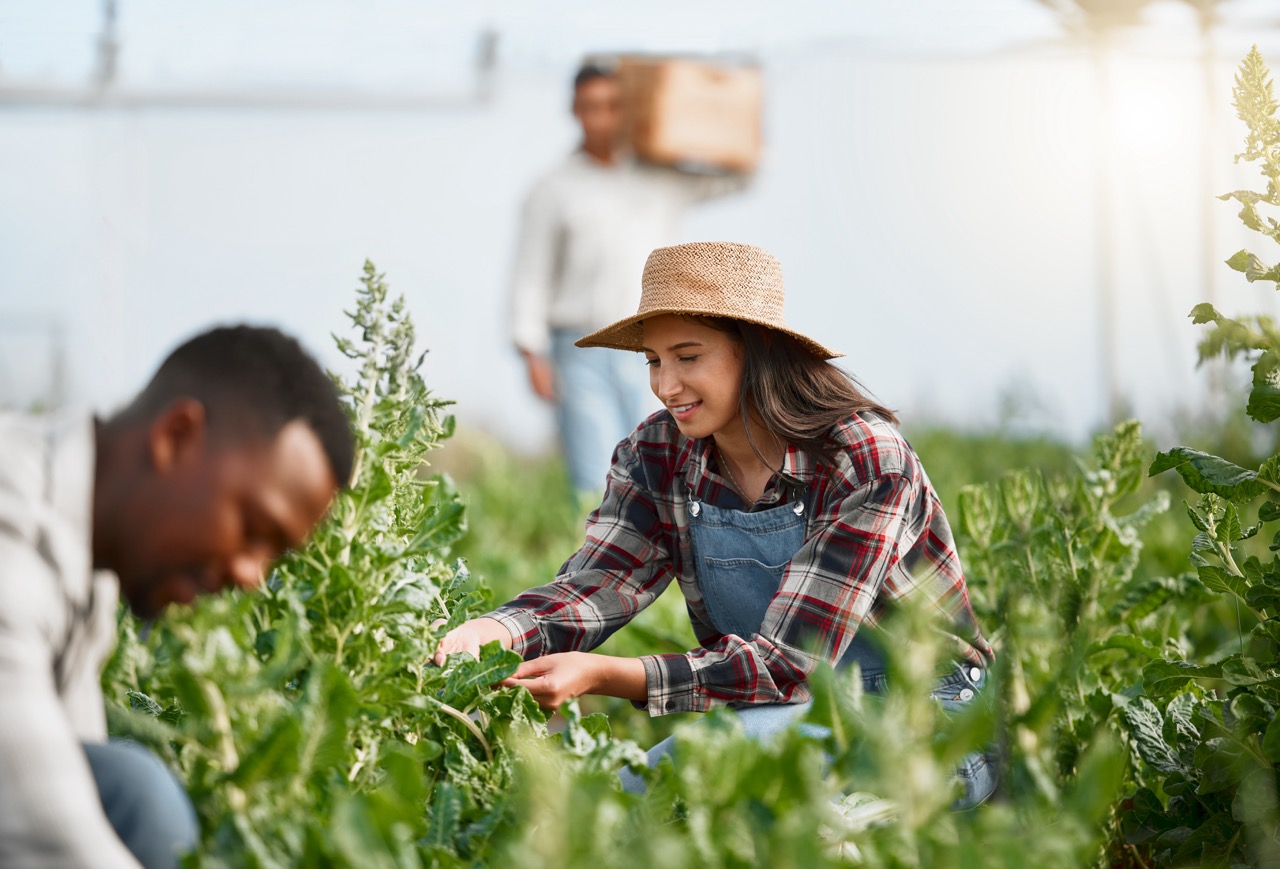Sharecropping has historically been seen as a method of agricultural production that allows landowners to retain ownership while enabling tenants to cultivate and profit from the land. However, in today’s rapidly evolving agricultural landscape, sharecropping can also serve as an innovative testing ground for new agricultural technologies. As researchers and agronomists seek to introduce sustainable practices, pest-resistant crops, and advanced farming techniques, sharecropping provides a unique platform for experimentation and adaptation. This article explores how sharecropping can be leveraged to test agricultural innovations, the benefits it presents for research, strategies for effective implementation, and ways to measure success.
Understanding Sharecropping as a Testing Ground for Innovation
Sharecropping arrangements involve agreements between landowners and agricultural workers, enabling the latter to cultivate the land in exchange for a portion of the harvest. This framework inherently fosters a flexible environment that is conducive to experimentation. Researchers can work with sharecroppers to introduce new technologies without the financial burden of needing to purchase land. It offers an opportunity to trial diverse agricultural practices directly on the ground, capturing real-time data and feedback from the sharecroppers who engage daily with the crops.
Moreover, sharecropping often occurs in diverse farming systems that reflect local conditions, making it an ideal setting for testing innovations that are tailored to specific climates and soil types. This localized approach helps to understand how technologies perform across varied environmental factors and socioeconomic settings, ultimately leading to more robust and widely applicable solutions for the agricultural community. By utilizing the existing knowledge of sharecroppers, researchers can also gain insights into traditional practices that can complement modern techniques.
Finally, as agricultural challenges intensify due to climate change, pest pressures, and food insecurity, the need for adaptive management strategies is paramount. Sharecropping’s inherent flexibility allows for rapid iteration and refinement of new technologies. As new findings emerge, sharecroppers can quickly adjust their practices, leading to a faster dissemination of successful techniques throughout the farming community.
The Benefits of Sharecropping for Agricultural Research
One significant advantage of using sharecropping as a testing ground is the ability to engage with a diverse range of farmers. Sharecroppers often come from varied backgrounds and possess different levels of access to resources. This diversity allows researchers to observe how new technologies perform under different management styles and local conditions. Consequently, the findings from sharecropping trials can be more broadly applicable and help to develop solutions that are suitable for a wider audience of farmers.
Additionally, the collaborative nature of sharecropping can enhance the adoption of new agricultural technologies. Sharecroppers, who have a vested interest in the success of their crops, are more likely to experiment with and adopt new practices if they see tangible benefits. This creates a fertile ground for researchers to not only test their innovations but also actively involve farmers in the research process, fostering a sense of ownership and commitment that can lead to sustained changes in agricultural practices.
Furthermore, sharecropping can also serve as a means of reducing risk for both landowners and tenants when implementing new agricultural technologies. Since the cost of investment and potential failure is distributed among multiple stakeholders, it encourages experimentation that might otherwise be deemed too risky. This shared responsibility can lead to the successful integration of innovative practices that improve yield, sustainability, and resilience in agricultural systems.
Key Strategies for Implementing Agricultural Trials Effectively
To maximize the potential of sharecropping as a testing ground, researchers should prioritize building strong relationships with sharecroppers. Establishing trust and open communication channels is essential for promoting collaboration and ensuring that all parties are aligned on goals. Regular meetings, workshops, and training sessions can help to build these relationships, fostering a sense of community and collaboration that can enhance the overall research experience.
Another key strategy is to ensure that trials are designed with local conditions in mind. Researchers must work closely with sharecroppers to identify the specific challenges they face, ensuring that the technologies being tested are relevant and practical. This involves not only adapting innovations to fit local agricultural practices but also considering socio-economic factors that influence the decision-making processes of sharecroppers. Tailored approaches lead to greater buy-in from participants and ultimately yield more applicable results.
Moreover, it is critical to provide adequate support and resources throughout the trial period. This includes training on new technologies, access to necessary equipment, and ongoing technical assistance. By equipping sharecroppers with the resources they need, researchers can foster an environment where innovation is not only encouraged but also feasible. Such support can enhance the reliability of trial outcomes and contribute to a culture of experimentation within sharecropping systems.
Measuring Success: Evaluating Outcomes in Sharecropping Systems
Evaluating the success of agricultural trials conducted within sharecropping systems necessitates a comprehensive approach. Researchers must establish clear metrics of success before initiating trials, focusing on factors such as crop yield, resource efficiency, and economic viability. These metrics should be co-developed with sharecroppers to ensure they reflect the priorities and realities of those directly involved in the trials. Collecting baseline data prior to implementing new technologies is also critical for comparison.
In addition to quantitative measures, qualitative assessments should be integrated into the evaluation process. Gathering feedback from sharecroppers about their experiences with new technologies can provide valuable insights into the practicalities of implementation, including challenges faced and unexpected outcomes. This narrative data can complement quantitative findings, offering a more holistic view of the technology’s impact and informing future research endeavors.
Finally, disseminating the results of agricultural trials is essential for fostering broader adoption of successful practices. Researchers should work collaboratively with sharecroppers to share findings with the wider agricultural community through workshops, seminars, and publications. This not only reinforces the collaborative nature of the research but also helps to build a network of farmers who can exchange knowledge and experiences, ultimately enhancing the resilience and sustainability of agricultural systems as a whole.
In conclusion, sharecropping presents a unique opportunity to test and implement new agricultural technologies that can benefit both researchers and farmers. By leveraging the diverse experiences of sharecroppers and employing strategic approaches to collaboration and evaluation, agricultural research can become more adaptive and localized. As global agricultural challenges continue to mount, utilizing sharecropping as a platform for innovation could pave the way towards more sustainable and resilient farming practices. Through shared responsibility and collective knowledge, the agricultural community can work together to meet the demands of the future.
